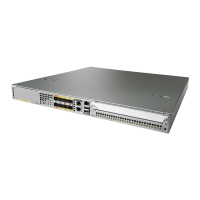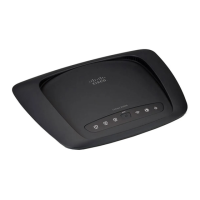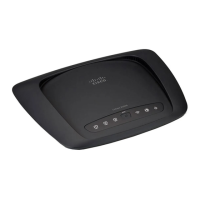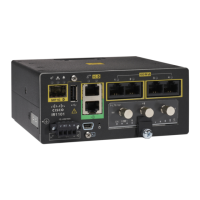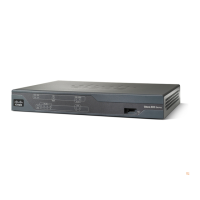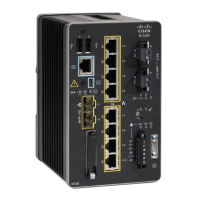reply mode
To specify how to reply to echo requests, use the reply mode command in the appropriate configuration mode.
To return to the default value, use the no form of this command.
reply mode {control-channel| router-alert}
no reply mode
Syntax Description
Sets echo requests to reply by way of a control channel.
This option is available only in IP SLA MPLS LSP ping configuration
mode.
Note
control-channel
Sets echo requests to reply as an IPv4 UDP packet with IP router alert.router-alert
Command Default
The default reply mode for an echo request packet is an IPv4 UDP packet without IP router alert set.
Command Modes
IP SLA MPLS LSP ping configuration
IP SLA MPLS LSP trace configuration
IP SLA MPLS LSP monitor ping configuration
IP SLA MPLS LSP monitor trace configuration
Command History
ModificationRelease
This command was introduced.Release 3.4.0
This command was added to IP SLA MPLS LSP monitor ping and monitor
trace configuration modes.
The control-channel keyword was added in IP SLA MPLS LSP ping
configuration mode.
Release 3.5.0
Usage Guidelines
Use the reply mode command with the control-channel keyword to send echo reply packets by way of a
control channel in an MPLS LSP ping operation. If the target is not set to pseudowire, the configuration of
the control-channel keyword is rejected. Refer to the target pseudowire command for information about
setting the target.
Use the reply mode command with the router-alert keyword to set the reply mode of echo reply packets in
an MPLS LSP ping or MPLS LSP trace operation. After you enter this command, echo reply packets are set
to reply as an IPv4 UDP packet with the IP router alert option in the UDP packet header.
Cisco IOS XR System Monitoring Command Reference for the Cisco XR 12000 Series Router, Release 4.1
OL-24735-01 207
IP Service Level Agreement Commands
reply mode
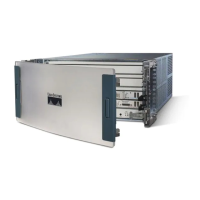
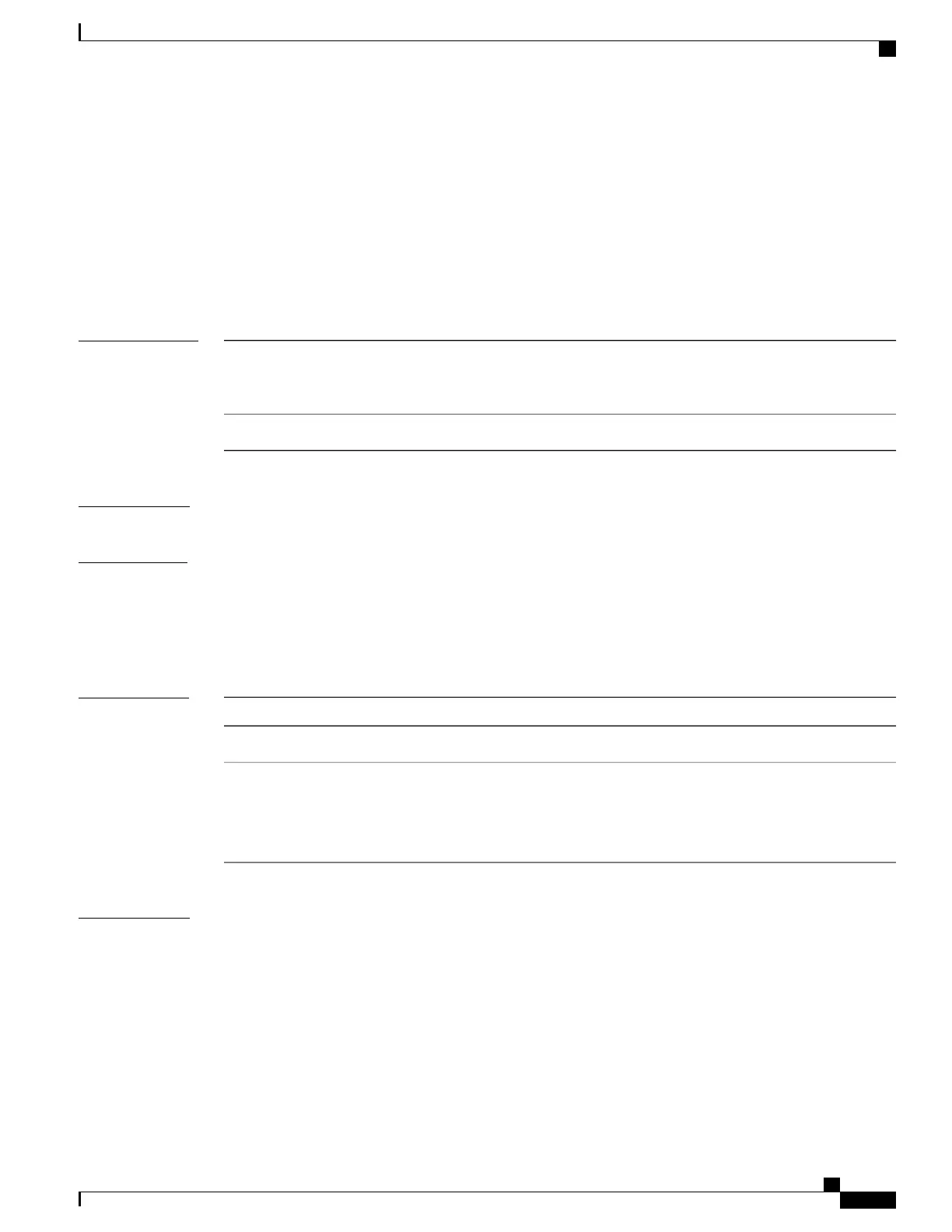